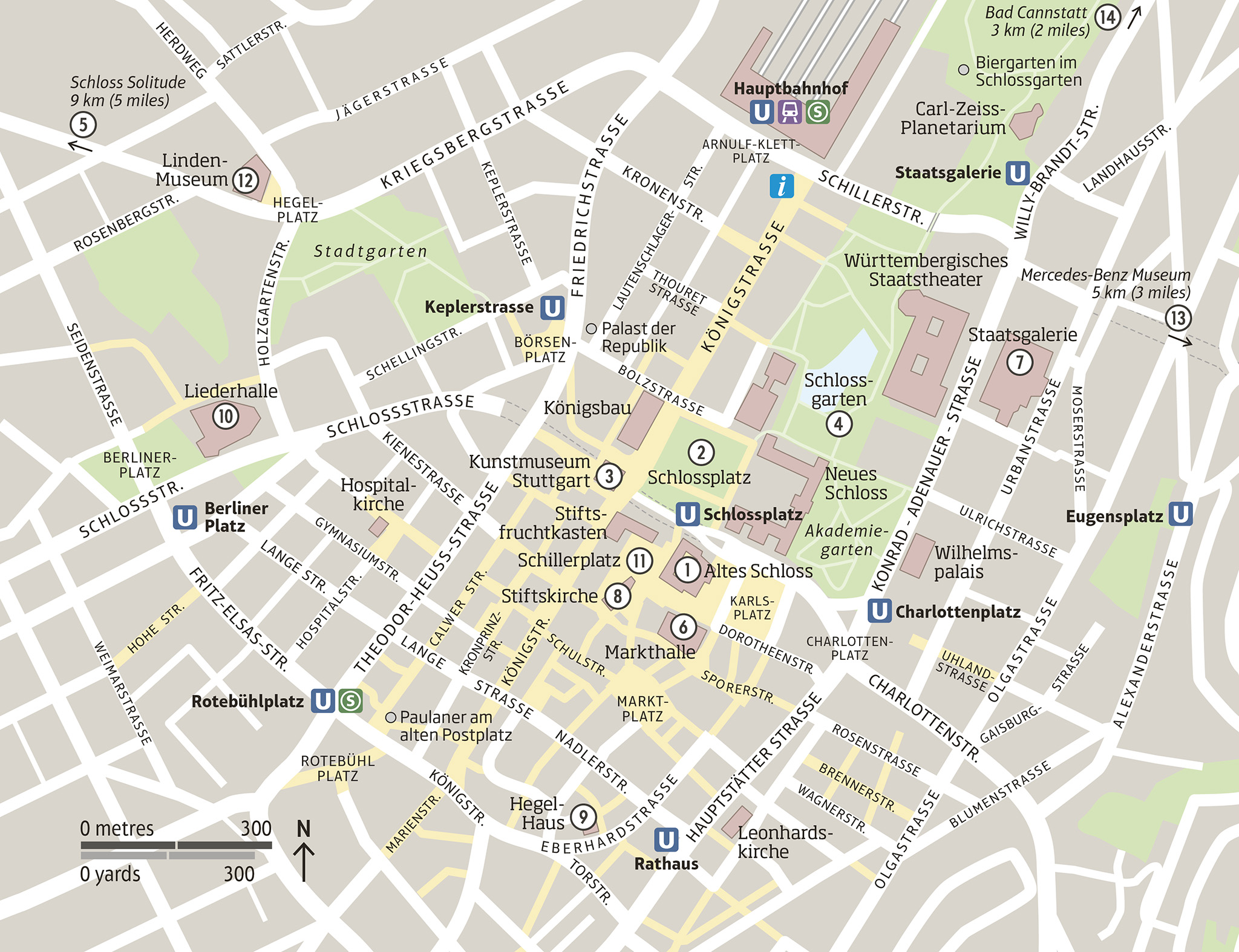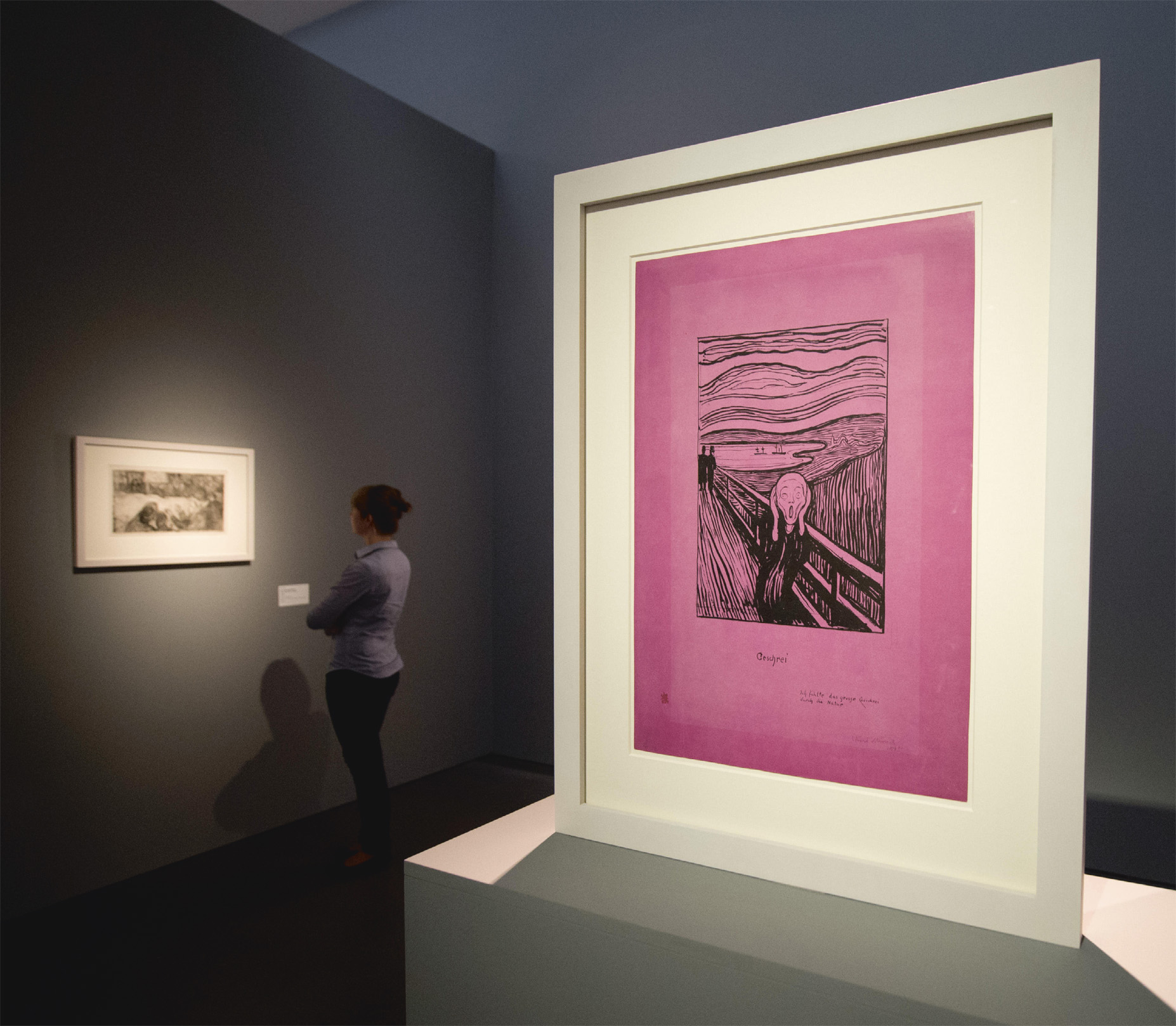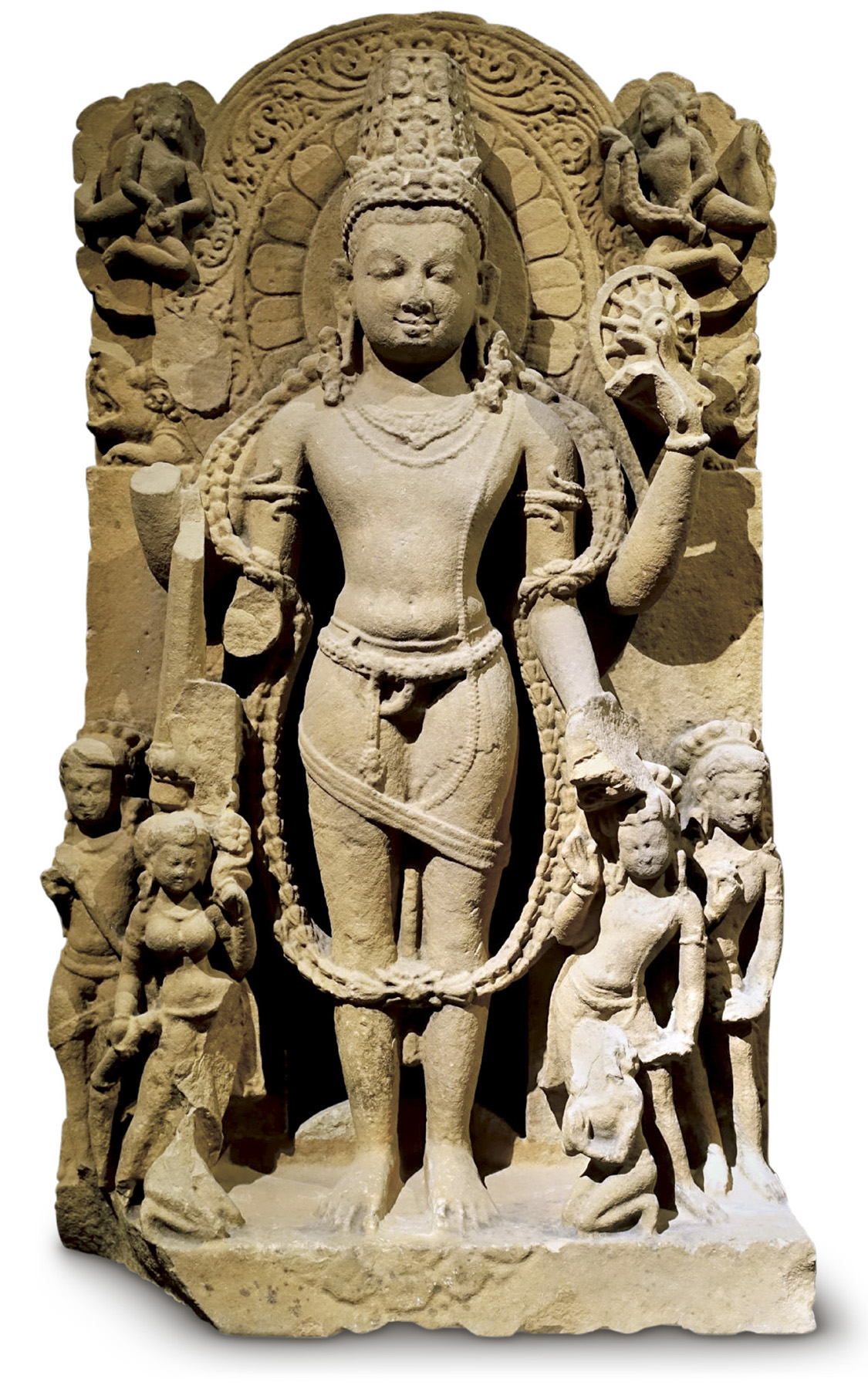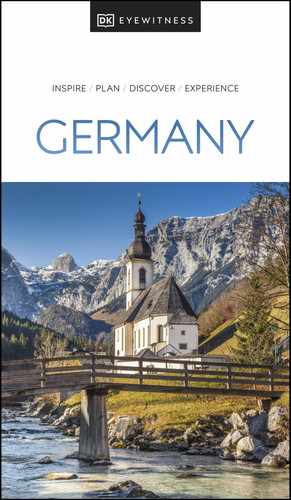The capital of Baden-Württemberg, Stuttgart grew from a 10th-century stud farm to become the ducal and later the royal capital of Württemberg. Beautifully situated among picturesque hills, the town is a major industrial attraction and also a well-known publishing and cultural centre.

t Sunrise over the charming Neues Schloss on Schlossplatz
Experience Baden-Württemberg

n Double-tap image to read the labels
When Württemberg castle burned down in 1311, it was decided to move the family seat to Stuttgart. In 1325 the existing small castle was extended, creating Drnitzbau. This wing has survived and can be seen from Karlsplatz. A large-scale Renaissance remodelling project, designed by Aberlin Tretsch and carried out in 1553–78, gave the castle its square layout, with three-storey arcaded cloisters encircling the inner courtyard. The southwestern wing contains the Schlosskapelle (chapel), the first sacral building in Stuttgart built especially for the Protestants. The palace now houses the Landesmuseum Württemberg, which includes vast collections of decorative art, including those displaying the ducal and royal insignia of Württemberg. The prehistory section includes jewellery from the Frankish period and the preserved tomb of a Celtic nobleman from Hochdorf.
This is the largest square in Stuttgart. At its centre stands the Jubiläumssäule – a column erected in 1841–6 to celebrate the 25-year reign of Wilhelm I. On the east side of the square is a huge palace complex, Neues Schloss, built in 1746–1807, while on the opposite side stands Königsbau Passagen, a 19th century Neo-Classical structure housing shops and cafés.
The spectacular glass cube of the Stuttgart Art Museum was designed by the Berlin architects Hascher & Jehle and completed in 2005. It houses the municipal art collection, which includes works by such artists as Adolf Hölzel, Joseph Kosuth, Dieter Krieg, Dieter Roth and the Swabian Impressionists, and has an outstanding collection of Otto Dix’s work.
Did You Know?
Stuttgart is credited as the birthplace of the petrol powered motorcar.
The magnificent gardens stretching north of the Neues Schloss were established in the early 19th century. They have maintained much of their original charm, with neat avenues and interesting sculptures. Other attractions include the Carl-Zeiss-Planetarium, and a vast Neo-Classical theatre building – the Württembergisches Staatstheater – completed in 1912 by Max Littmann. In 1982–3 it was given a new, dome-covered wing, the Theaterpavilion, designed by Gottfried Böhm.
This exquisite small palace, standing on the slopes of a hill, was built for Prince Karl Eugen in 1763–67. The Prince not only commissioned the residence, but also took an active part in its design, which is the work of Pierre Louis Philippe de la Guêpière, who introduced the Louis XVI-style to Germany. Following its full restoration in 1990, and the provision of 45 residential studio apartments, the palace now serves art students on scholarships.

t Stuttgart’s open-plan and inviting Stadtbibliothek (Public Library)
Stuttgart’s market hall, built in 1912–14 on the site of an earlier vegetable market, is one of the finest in Europe. Designed in the Art Nouveau style, it features magnificent frescoes. It was initially set up as a food exchange, and still sells fresh fruit and vegetables to the general public today. It also houses a few restaurants.
Experience Baden-Württemberg
|
Drink Biergarten im Schlossgarten A welcoming spot with German beers and great Swabian dishes. ⌂ Am Schlossgarten ∑ biergarten-schlossgarten.de Paulaner am alten Postplatz Set up in 1747, this venue offers Bavarian cuisine and Paulaner beer, among other drinks. ⌂ Calwer Strasse 45 ∑ paulaner-stuttgart.de Palast der Republik Once a public toilet block, this is now a staple for after-work beers. ⌂ Friedrichstrasse 27 ∑ (0711) 226 48 87 |
Experience Baden-Württemberg
The State Gallery grew from the museum of fine arts founded by King Wilhelm I in 1843 and containing the king’s private collection. Now it ranks among the finest of German galleries. As well as its own magnificent collection of old masters and modern artists, the gallery has an extensive collection of graphics. In 1984 the art gallery acquired an extension designed by British architect James Stirling.

t A unique lithograph on purple paper of Munch’s The Scream (1895)
From the south side of Schillerplatz there is a view of the presbytery of the collegiate church of the Holy Cross. This Gothic church, the work of Hänslin and Aberlin Jörg, was built in the 15th century and incorporated the walls of the previous, early-Gothic church. Despite World War II damage, this renovated church still has the original stone gallery of the dukes of Württemberg, built in 1576–84 by Simon Schlör to a design by Johann Steiner, as well as Gothic furnishings.

great view
Fernsehturm
This television tower is 217 m (712 ft) high and stands on a wooded hilltop, Hoher Bopser. Its observation platform provides splendid views over Schwäbische Alb, the Black Forest and, on a clear day, the Alps.
Georg Wilhelm Friedrich Hegel – the creator of one of the most important modern philosophical systems – was born in this house on 27 August 1770.
The house is now a small museum, which contains an interesting exhibition devoted to the life and work of the influential philosopher. Be sure to explore the Escape Room here, which offers an immersive experience by recreating Hegel’s time at Jena University.
A must for all lovers of modern architecture, the Liederhalle, in the centre of Stuttgart, is a successful synthesis of tradition and modernism. Built in 1955–6 by Adolf Abel and Rolf Gutbrod, this fine cultural and congress centre, with three concert halls clustered around an irregular hall, is still impressive today.
This is undoubtedly one of Stuttgart’s most beautiful areas. It is here that the stud farm that gave Stuttgart its name is said to have stood. Today, a pensive statue of Friedrich Schiller occupies the centre of the square. Schillerplatz is surrounded by historic buildings: the Old Chancellery, built in 1542–4, which now houses a restaurant; the Prinzenbau (1605–78); and the attractive Stiftsfruchtkasten, a gabled granary, now home to a museum of musical instruments.
This is one of Germany’s finest ethnology museums. It was founded by Count Karl von Linden, who was also its director from 1889 until 1910. The museum contains many fascinating exhibits from all over the world, including a Tibetan sand mandala, masks from Cameroon, Chinese burial pottery and a full-size reproduction of an Islamic bazaar.

t A sandstone carving of Vishnu (c 8th century) at the Linden-Museum
To the east of the town centre is the glitzy Mercedes-Benz Museum – a must-visit for all automobile enthusiasts. Its outstanding collection illustrates the development of motorcar production, from the earliest models to today’s state-of-the-art, computerized products. Set up to celebrate the centenary of Mercedes-Benz’s inventions, the museum features more than 70 historic vehicles. The collection includes the world’s two oldest automobiles, Gottlieb Daimler’s horseless carriage and Carl Benz’s three-wheeled automobile dating from 1886. Also on display is a hand-made limousine that was built in the 1930s for the emperor of Japan, and the first “Popemobile”, which was designed for Pope Paul VI.
Another interesting exhibit is the iconic 1950s racing car Silberpfeil (Silver Arrow), as well as models that were built for attempts on world speed records. Visitors can also learn the history of the automotive corporation Daimler-Benz AG, which was created by the merger in 1926 of Daimler-Motoren-Gesellschaft and Benz & Cie, Rhein.
Once an independent health resort, Bad Cannstatt is now the most populous district of Stuttgart. One of its main attractions is the Neo-Classical Schloss Rosenstein, which was built in 1824–9 at the request of King Wilhelm I, and based on amended designs by John Papworth. The king was also the initiator of the beautiful “Wilhelm’s complex”. This includes a Moorish-style villa located in a symmetrically laid-out landscaped park and garden, with many Oriental-style pavilions, fountains, terraces and other decorative elements. Completed in the 1840s, its main designer was Karl Ludwig Wilhelm von Zanth. The park has now been transformed into a wonderful botanical-zoological garden.
Bad Canstatt is also famous for the lively Cannstatter Volksfest, a beer festival and funfair held annually from late-September to early October every year.

